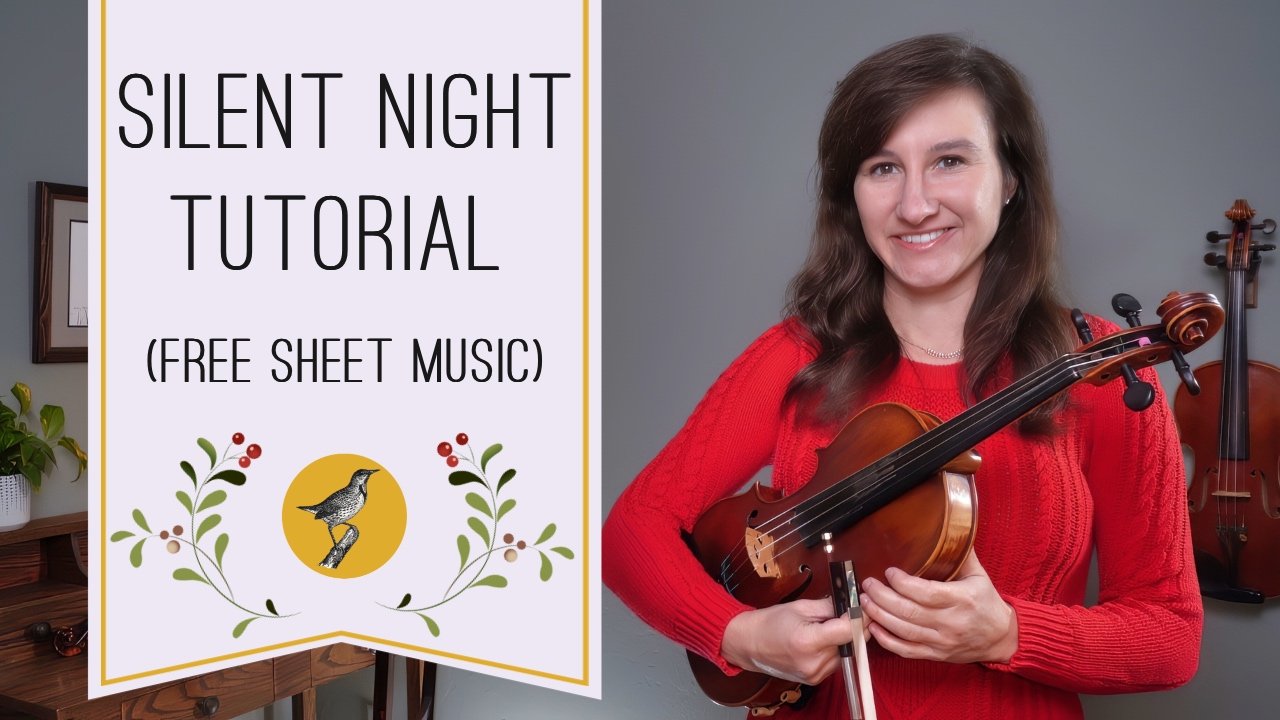5 Reasons You Struggle to Play Fast on the Violin
/A common question I get is “why can’t I play fast on the violin?” Or “how do I play fast on the violin?” The question isn’t really how do I play fast. The real question is how do I play fast on the violin and sound good!
Today I’m going to talk about 5 reasons you struggle with playing fast on the violin, how you can fix those problems and start playing fast on the violin!
Out of the 5 reasons you can’t play fast, the last two reasons are some of the often forgotten culprits that can make playing fast on the violin very hard. So stick around to make sure you’re focusing on these two areas so you can improve your ability to play quickly, but let’s start with reason number one…
Also visit 5 Exercises to Help You Play Fast on the Violin for more tips on playing fast.
#1 Bad Left Hand Technique
One of the most common bad habits that I see is a crooked left wrist. This will really impede your ability to play fast on the violin. If your wrist is crooked your fingers have to go up to reach the finger board. If your wrist is straight, your fingers go down to reach the finger board.
A crooked wrist also introduces tension and it’s very hard or impossible to play fast on the violin if your left hand is tense. Try this. Without the violin, make your wrist crooked and try to wiggle your fingers really quickly. Now straighten your wrist and wiggle your fingers. Can you feel the difference?
Crooked wrist impedes fast finger motion
straight wrist allows for fast violin fingers
Playing with your wrist straight will also help you to curve your fingers and play right on the tips of your fingers and both of those things will help you play much more accurately and quickly.
P.S. Check out my free course, Bad Habits That Are Killing Your Progress
#2 Flying Fingers or Not Leaving Fingers Down
If your fingers fly off the string when you don’t need them it’s going to take them that much longer to get back to the string. That’s going to translate to sloppy passages when you’re trying to play fast on the violin. So keep your fingers close to the fingerboard so you can use them immediately.
You also want to leave fingers down as much as you can. You want to avoid what I call “tap dancing” on the strings. For instance, if you have a passage that has a first finger followed by a second finger, do you lift off the first finger? There’s usually no need to lift it off, so keep it down. Less unnecessary motion will translate to cleaner fast passage.
Now most people have no idea that their fingers are lifting or flying off the strings, so try recording yourself to see if you’re guilty of those very common bad habits.
#3 Inaccurate Pitch
If you’re trying to play something fast on the violin, and it just sounds bad and out of tune, you’ve got to go back and play the passage very slowly. If it sounds even slightly out of tune when you’re playing slowly, it’s only going to sound worse when you speed it up.
If you’re playing slowly and constantly sliding your fingers around to find the right pitch, when you speed up that passage, you’re not going to have time to slide your fingers around to get in tune. The passage will just sound sloppy and out of tune.
So you have to practice pitch accuracy at slow tempos. Aim for being right on the note at the start of the pitch. If you play a note and it’s out of tune, remember what your tendency was and go back and play the previous note and then the out of tune note again and try to correct your tendency. Do this until your muscle memory for accurate pitch is solid and then start speeding up the passage.
#4 Coordination
When we think of how to play fast on the violin, we tend to focus on the left hand. But playing fast and sounding good has a lot to do with your coordination with the bow.
The left hand could be perfectly in tune and super fast and clean but if it’s not coordinated with the bow, it’s still going to sound sloppy. I’ve got some great exercises for coordination and speed here.
#5 Flexibility
You’ve got to have flexibility in both hands to be able to play fast on the violin. If either hand is stiff or tense you’re going to struggle playing fast and sounding good.
For that left hand, that means avoiding the death grip and using light finger pressure. But I think being able to play fast actually depends a lot on right arm flexibility.
For instance, if I’m playing very fast, separate notes and my right arm is stiff and locked, what do you think it will sound like? Not very good. It’s like trying to run with your knees locked.
To be able to change bow directions very quickly your right arm, wrist, and fingers need to act more like shock absorbers, reacting and absorbing all of that quick motion that’s involved in fast bow changes. Try practicing just open strings, changing the bow from down to up very quickly and relax your right hand fingers and wrist so that they are passively following along with the bow.
Now the skills related to a relaxed, flexible bow hand are not things that you’re going to learn over night. It does take a lot of training and practice and I’ve got a lot of resources to help you with that in my online studio.
You should also make sure that you are working on playing your scales and arpeggios at faster tempos using a metronome. If it’s hard to play a scale quickly and cleanly, it’s going to be even more difficult to play a fast passage in a song well.
So if you’re struggling with playing fast on the violin, slow it down. Take your time focusing on accurate pitch, relaxed hands, and coordination. Gradually speed up those fast passages and you’ll be able to play fast, and sound good at the same time!
Happy Practicing!






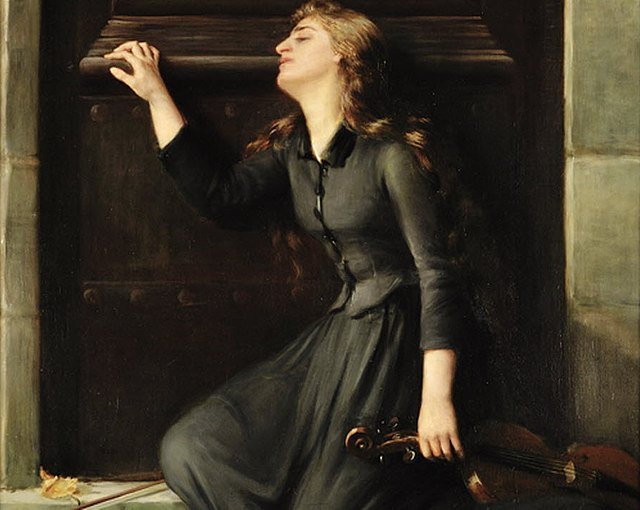



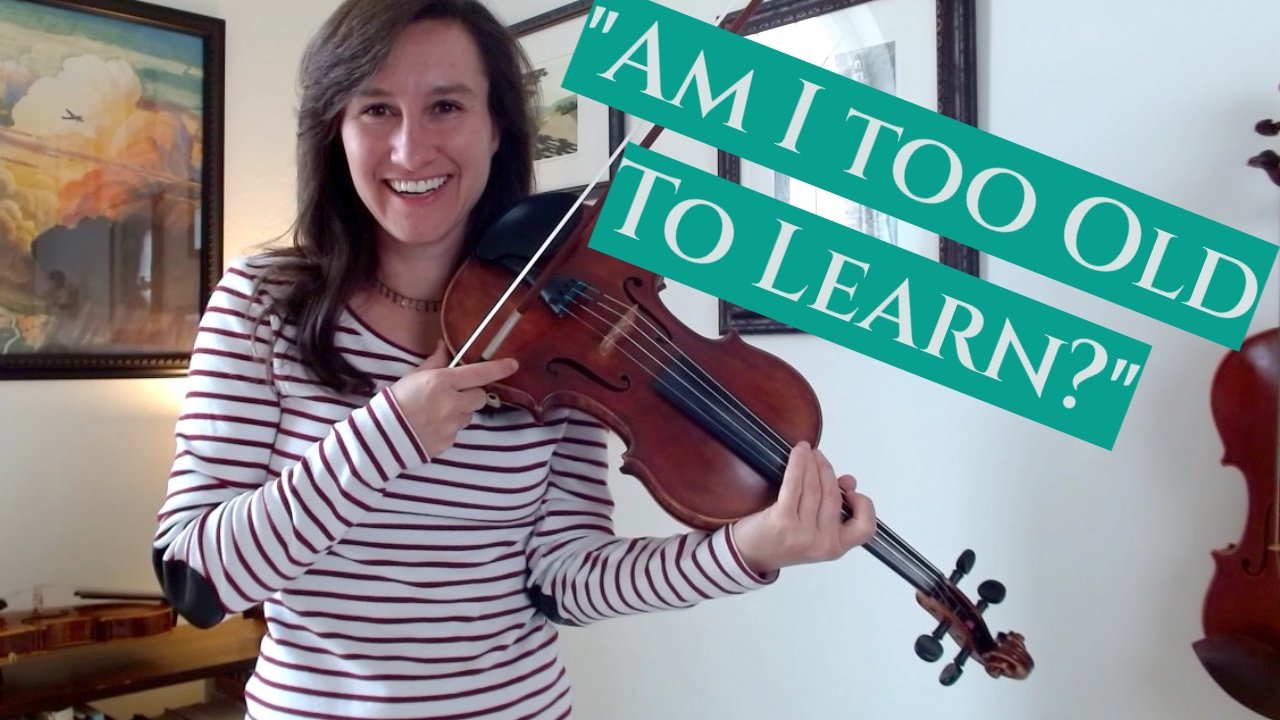



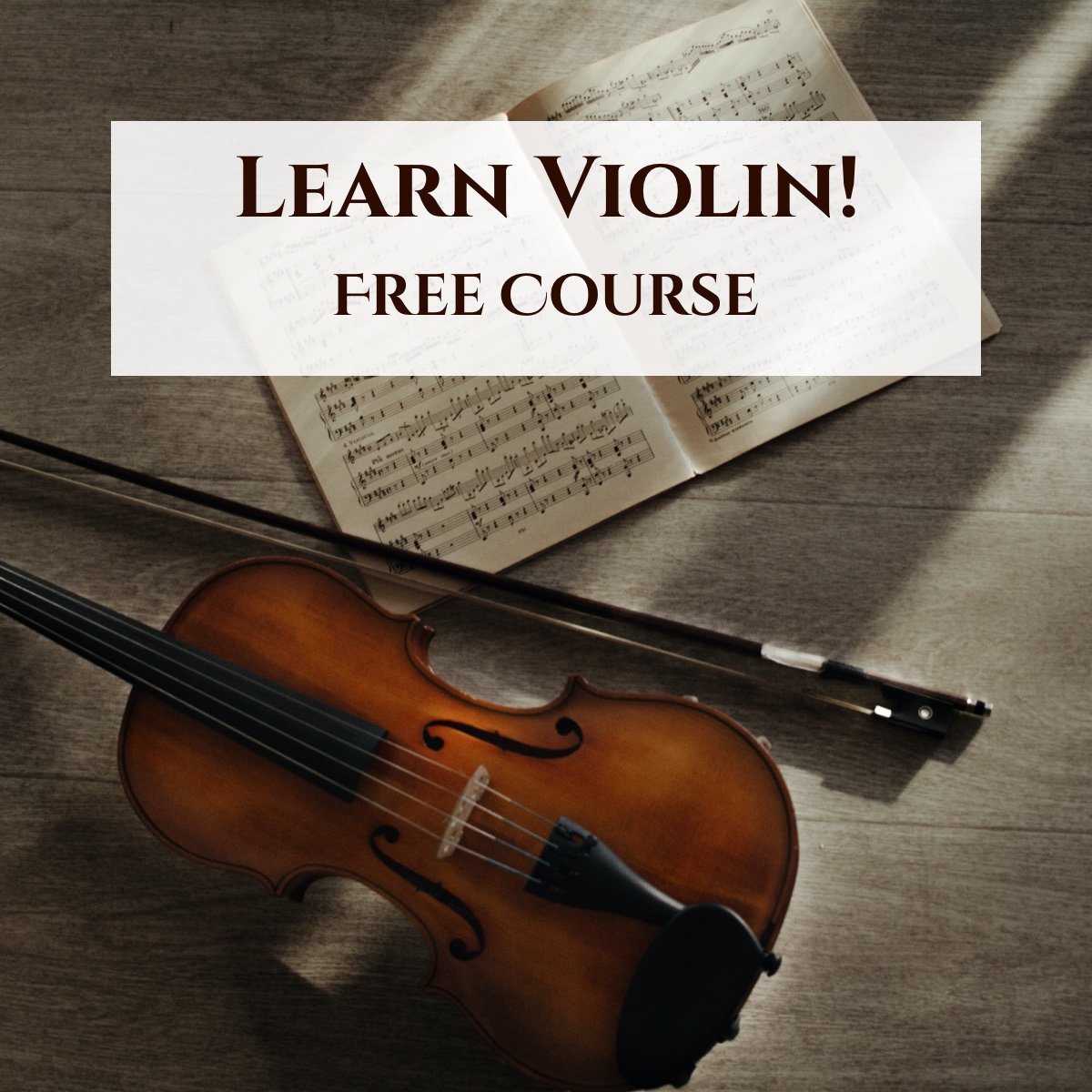

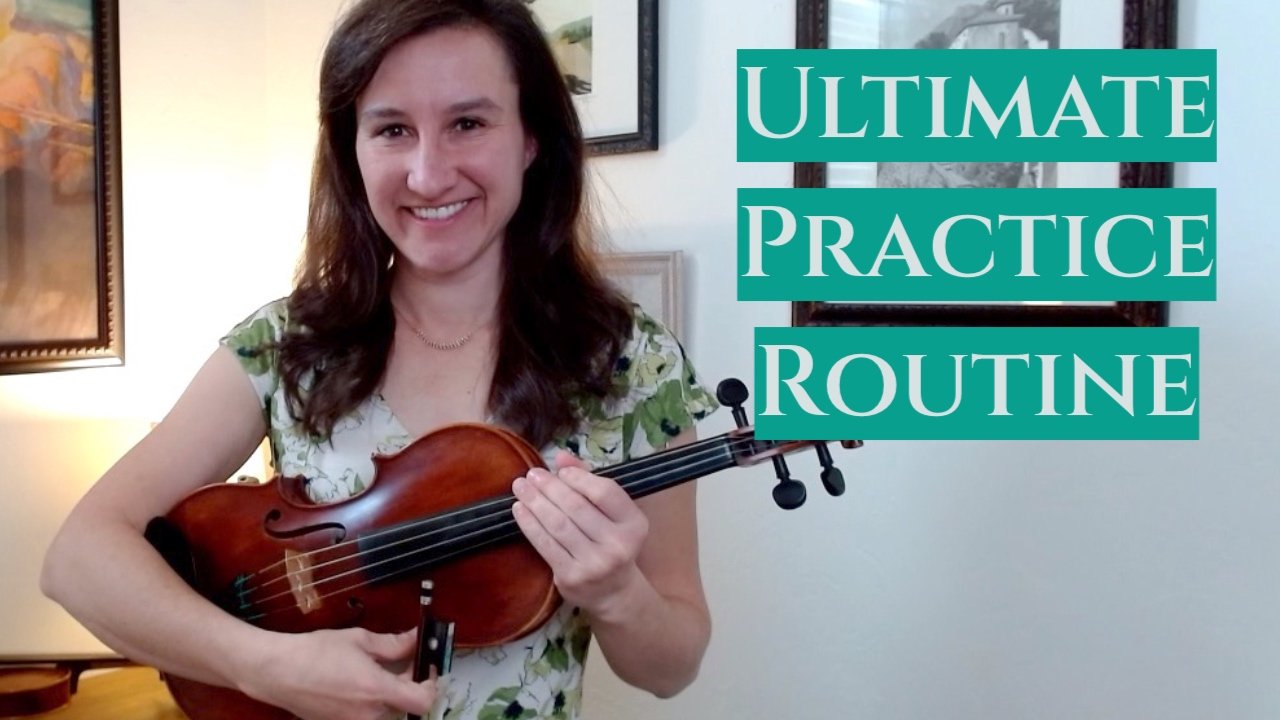

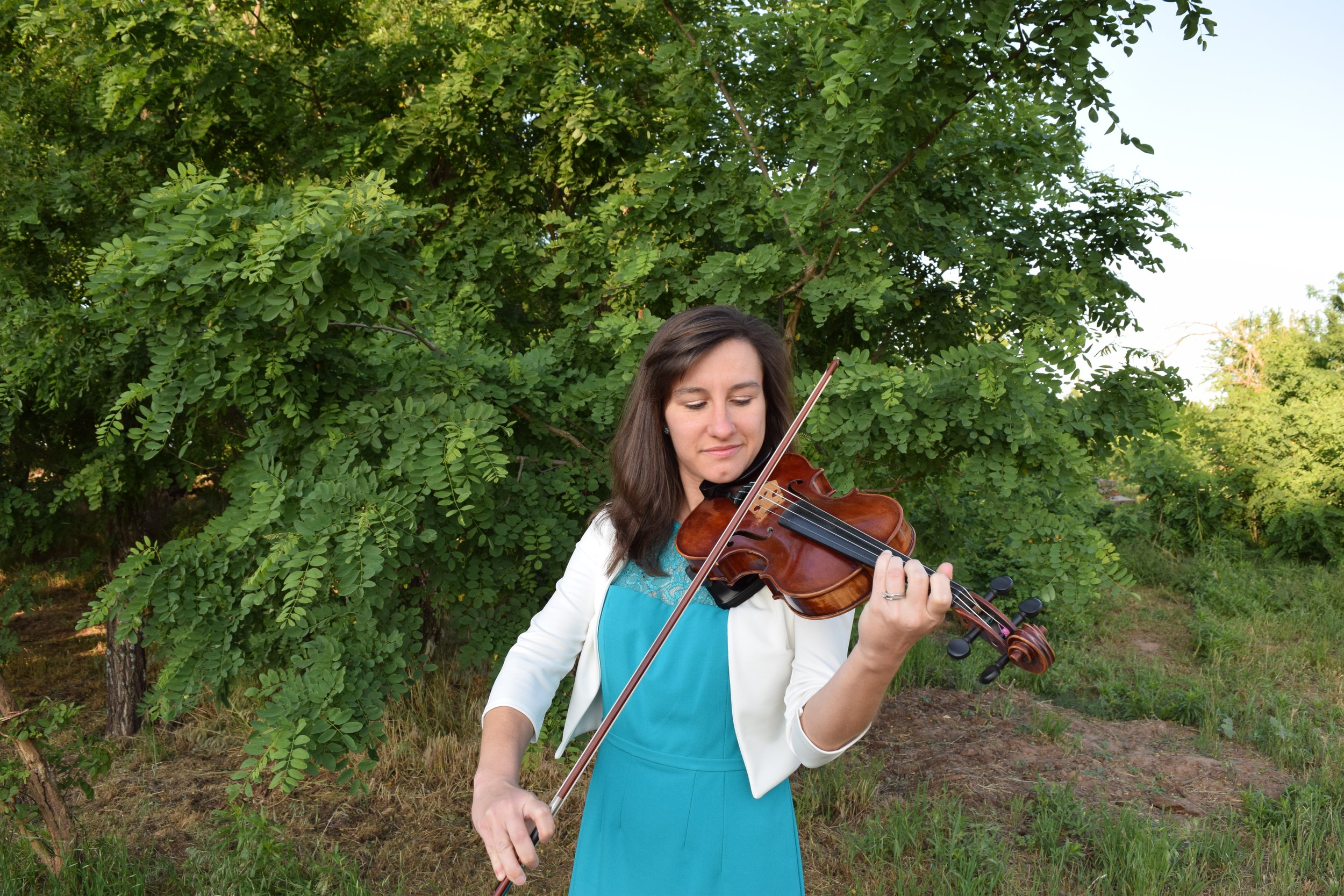
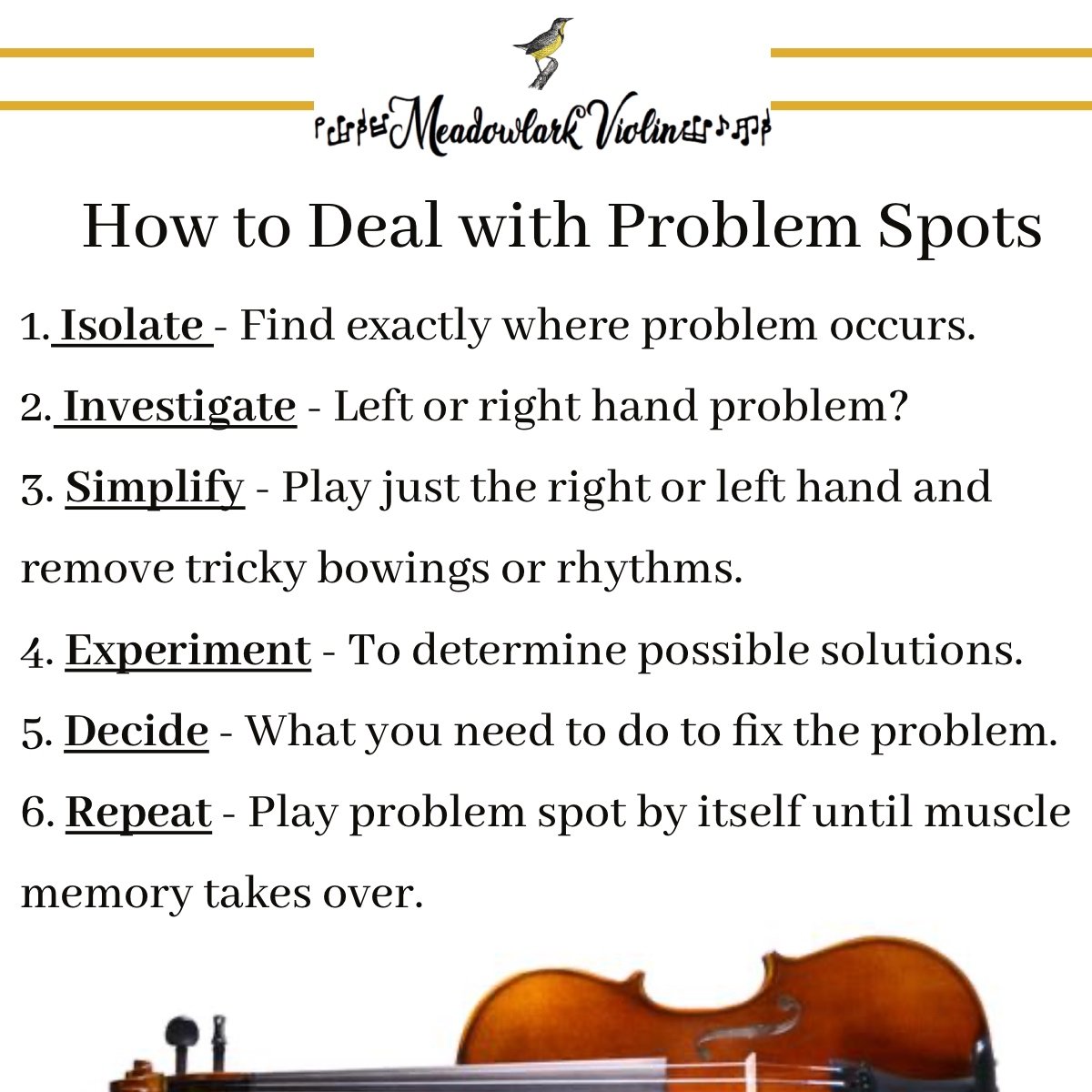






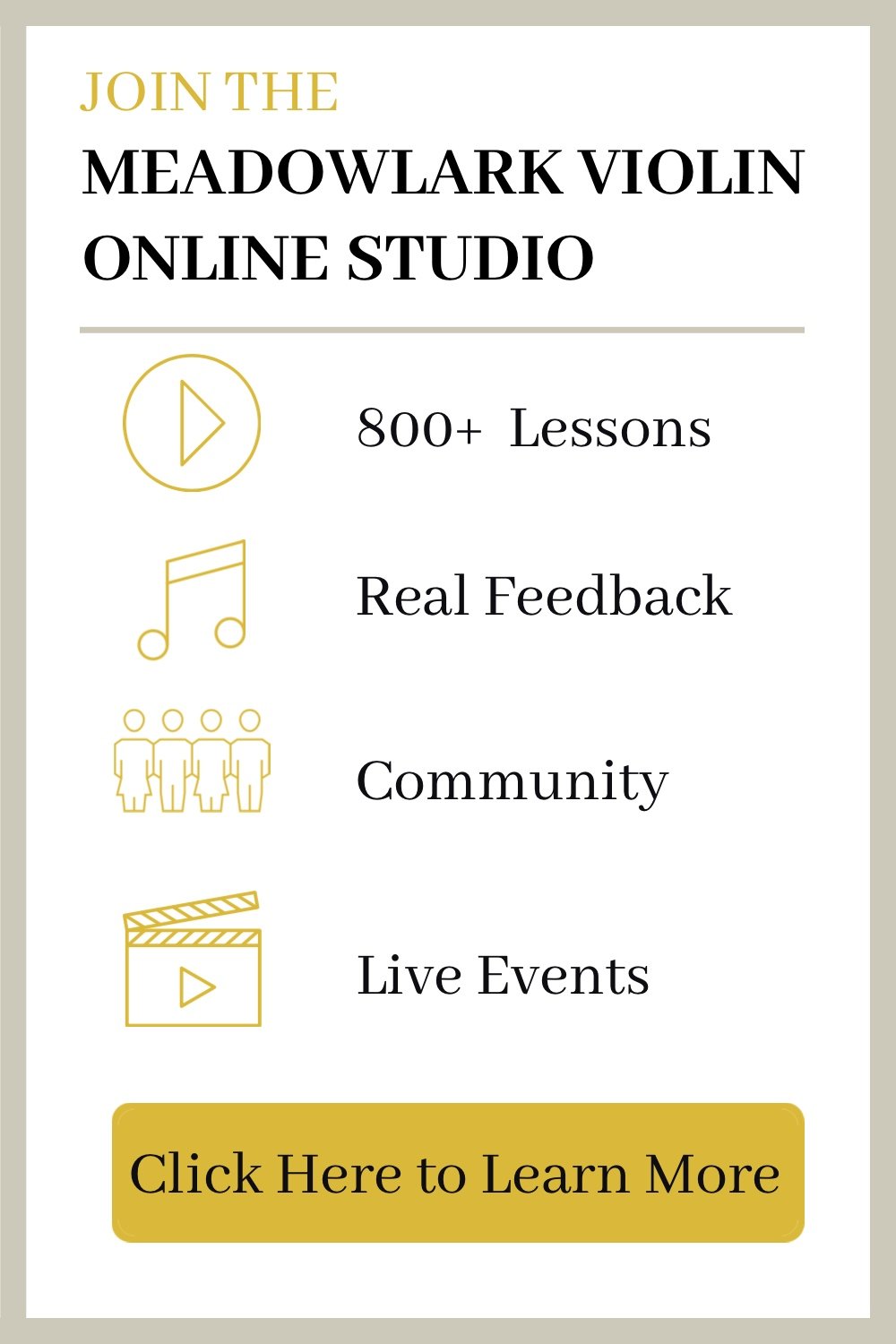











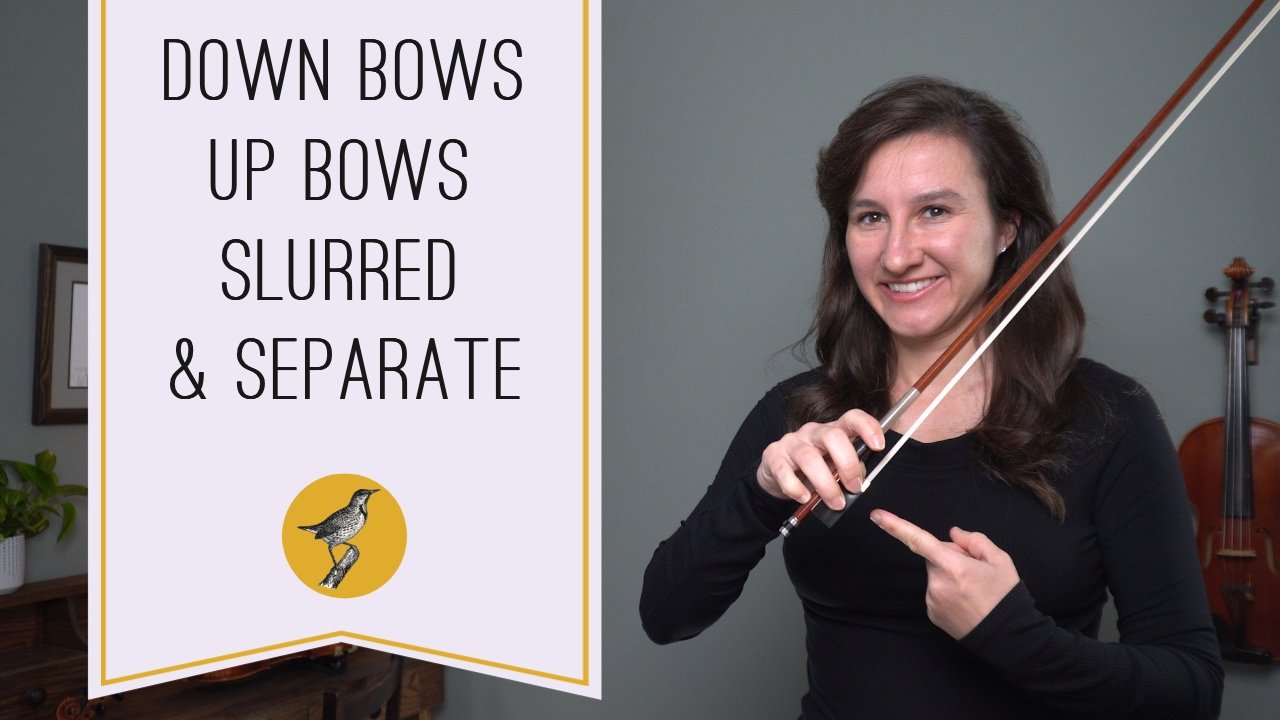


![10 Best Violins for Beginners [2024] A Violin Teacher’s Ultimate Guide](https://images.squarespace-cdn.com/content/v1/554545e3e4b0325625f33fa6/1600433065588-JQV56M1W9LNI833AVGEE/10+best+violins+for+beginners+2020.jpg)
